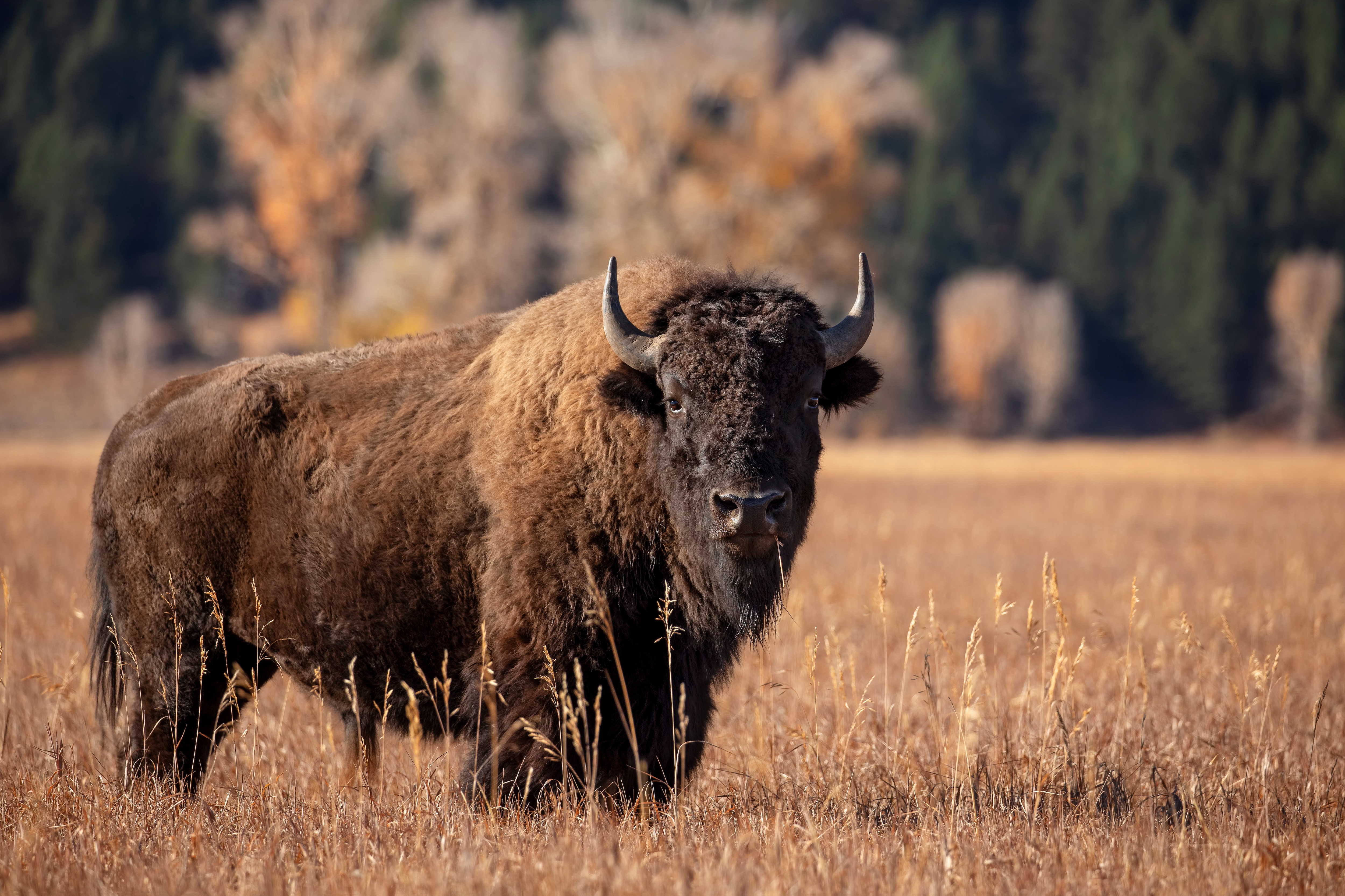BBC Earth newsletter
BBC Earth delivered direct to your inbox
Sign up to receive news, updates and exclusives from BBC Earth and related content from BBC Studios by email.
Animals
Nature is tenacious. Despite various threats, issues and dangers (often created by humans), wildlife always seems to find a way to adapt and survive.
Occasionally it takes a little bit of help from us to get them going, but once they are established back in the wild, animals thrive! Here we take a look at four species, once abundant in the UK, now making a comeback after a long absence.
Beavers have been missing from the UK’s waterways for over 400 years, hunted to extinction for their fur and scent glands. However, it’s hoped they will become a familiar sight once more. In recent years, they have been successfully reintroduced to parts of Scotland, Wales, and various secluded areas of England1 . Presenter Hannah Stitfall visited Cornwall’s Wild Valley Farm for BBC Earth’s Wild Rescue. There, she saw how beavers have transformed the landscape for the better, since their return in 2017. By employing their renowned dam building and engineering skills, they’ve created a number of new ponds that not only hold water, but also slow the flow of water into rivers. This reduces the chance of flooding in the area and because their dams act as filters, it even makes the water cleaner. Beavers also fell trees, creating space for new fauna to grow, which then allows different creatures to thrive: seven bird and four mammal species have since moved to the area. So the beavers are not only establishing themselves, but also helping other animals to survive.
In the 1970s, the otter, one of the UK’s most beloved creatures, had all but vanished. Pesticides, pollution and habitat loss drove them to virtual extinction. But now these treasured semi-aquatic mammals are making a comeback. In the 1980s, a law was introduced that forbid their persecution, and attempts were made to clean up the UK waterways2. Small numbers of otters were then reintroduced in areas such as East Anglia and Dorset and now there are otters in every English county3. As their territories have grown, they have even been spotted in Central London4, the first to live in the capital for 100 years. Care is also available for any otters who find themselves orphaned, as Hannah found out when she visited the Wild Otter Trust in Devon. The team there act as surrogate parents to the orphans, preparing them for life in the wild by teaching them to hunt, play, fight, and even giving them swimming lessons in the bath!
For some species, it is simply too late to attempt population resuscitation. The mighty steppe bison once roamed the woodlands of Britain, but died out 6,000 or more years ago5 when hunting and changes in habitat led to its global extinction. But in Kent, there are plans to introduce its closest living relative, the European bison, who almost suffered the same fate as its ancient cousin. After World War I, it was hunted to extinction in the wild throughout Europe, with the final one shot in the Caucasus in 19276. But a captive breeding programme saw them reintroduced to woods across the continent. This includes the world’s largest free-living population, a 1,000-strong herd that roams the Białowieża Forest, on the Poland-Belarus border7.

Pine martens were once one of the UK’s most common carnivores8. But hunting and habitat loss eventually drove their dwindling population to a tiny corner of the Scottish Highlands and to extinction throughout the rest of the country. However, these elusive, extremely cute mammals are currently returning to the woodlands of England and Wales. The last official recording of pine martens in the Forest of Dean was in 18609, but 18 have been reintroduced into the area and conservationists say at least three of their females have since had kits. Meanwhile, the population in Wales – where they were reintroduced in 2015 – has risen to around 60. Marten numbers may still be low, but they’re back from the brink10 and making a welcome return to the UK’s woodland.

Featured image © Troy Harrison | Getty
1 Reintroduction, 2 Law changes, 3 Otters in every county, 4 Otters in London, 5 Bison extinction, 6 Final bison shot, 7 Białowieża Forest, 8 Pine Marten, 9 Forest of Dean, 10 Pine Martens - Wales